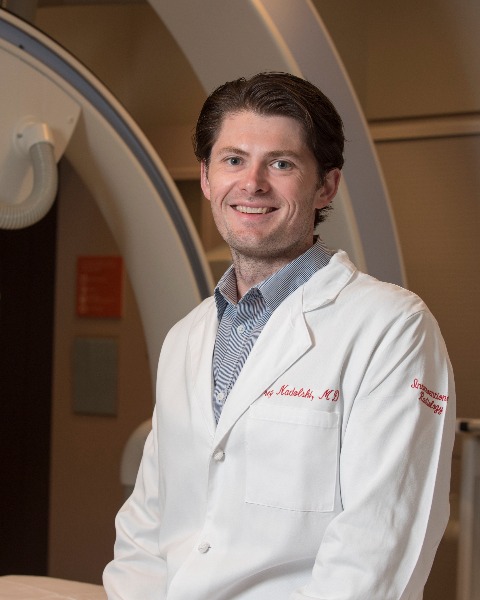Interventional Oncology
High-Throughput Drug Screening of Patient-Derived Cell Lines Identifies Novel Potential Treatment Options for Hepatocellular Carcinoma

Elisabeth R. Seyferth, MD (she/her/hers)
Integrated IR Resident
Hospital of the University of PennsylvaniaDisclosure(s): No financial relationships to disclose
- WL
Wuyan Li, MS
Researcher
University of Pennsylvania - MM
Michael Mercadante, BS
Researcher
University of Pennsylvania - MN
Michael Noji, BA
Researcher
University of Pennsylvania 
Gregory J. Nadolski, MD
Attending Physician
Penn Image-Guided Interventions (PIGI) Lab, Hospital of the University of Pennsylvania, Division of Interventional Radiology- SH
Stephen J. Hunt, MD, PhD, FSIR (he/him/his)
Associate Professor
University of Pennsylvania - DS
David Schultz, PhD
Researcher
University of Pennsylvania - SC
Sara Cherry, PhD
Researcher
University of Pennsylvania - DA
Daniel Ackerman, PhD
Research Assistant
University of Pennsylvania - TG
Terence P.F. P. Gade, MD, PhD
Assistant Professor of Radiology
Department of Radiology, Hospital of the University of Pennsylvania
Abstract Speaker(s)
Author/Co-author(s)
The purpose of this study was to assess the ability of high throughput drug screening (HTDS) performed on patient-derived cell lines to identify novel therapeutics for hepatocellular carcinoma (HCC).
Materials and Methods:
Cell lines were derived from xenografts generated from biopsies of two patients with HCC {1}. HTDS was performed using a library of small molecules enriched for FDA approved drugs and drugs with known pharmacologic activity. Plated cells were incubated for 120 hours with drugs at a concentration of 100 nM; cell viability was then determined using a fluorescence-based assay. Drug sensitivities were compared between cell lines. Separately, the US clinical trial database (ClinicalTrials.gov) was searched using the phrase “hepatocellular carcinoma” to identify any drug used to treat HCC. Drugs that were not cell-autonomous were excluded. A literature search was performed for each drug, and the results of the highest phase of trial reached were recorded. The results of this search were compared to those from the drug screen.
Results:
The HTDS showed a strong correlation between sensitivities in cell lines derived from two tumors from a single patient, indicating high reproducibility of results. Forty-four drugs showed efficacy in tumors derived from both patients while 15 and 8 unique susceptibilities were identified for each patient. Importantly, the drug screen predicted insensitivity to sorafenib for one patient. Further, the observed unique sensitivities could be stratified based on drug class, with one patient showing relative susceptibility to EGFR inhibitors (p=0.038) and the other demonstrating relative sensitivity to mTOR inhibitors (p=1.65e-5). The clinical trial search revealed about 2500 clinical trials involving HCC, from which 205 drugs with cell-autonomous mechanisms were identified. Of these drugs, only 7 overlapped with the 44 drugs showing efficacy on screening of both patients’ cell lines. The remaining 37 drugs not found in trials included a broad range of drug classes, such as multikinase, CDK, and HDAC inhibitors.
Conclusion:
HTDS using patient-derived HCC cells identified novel potential therapies for patients with HCC not captured in clinical trials, and could be used to inform inclusion or exclusion of patients in future trials.

.png)
.png)
.png)
.png)
.jpg)
.jpg)
.png)
.png)
.jpg)